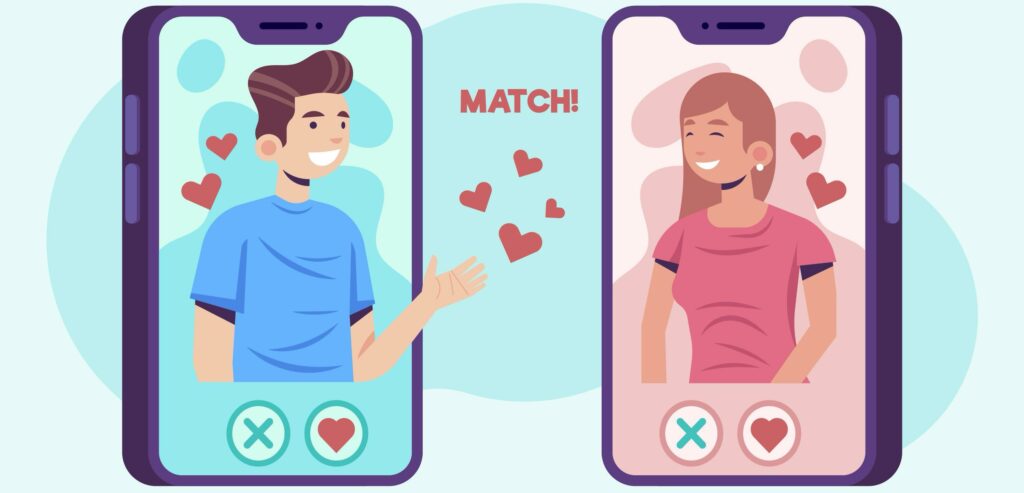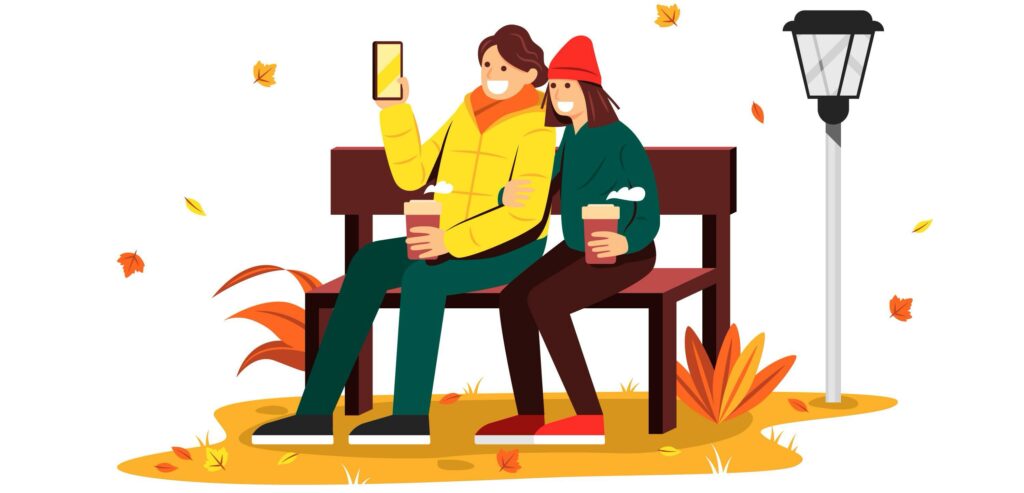Bumble is a distinct player in the ever-changing online dating scene thanks to its innovative method of helping people meet their potential partners and starting conversations. Bumble’s cutting-edge algorithm determines who you see and who sees you on the app.
This blog delves into the complexities of the Bumble algorithm, explaining how it works, the elements it takes into account, and how to optimise your profile.
How Does Bumble Algorithm Work?
The Bumble algorithm, like many dating app algorithms, is a closely guarded secret. However, based on user experiences and official hints from Bumble itself, we can piece together how it likely operates. Understanding these mechanisms can help users optimise their experience on the app.
The Importance of the First Impressions
Profile Swipes: Initially, Bumble tends to show users a mix of popular and less popular users. This is likely designed to understand your preferences and to give new users a warm welcome by showing them a variety of potential matches.
The ELO Score System: While not officially acknowledged by Bumble, many believe that, similar to other dating apps, Bumble uses an ELO score system. This system ranks users based on desirability, with your interactions influencing your score. However, Bumble has stated they prioritise kindness and respect, which may also factor into their ranking system.
Recency of Activity
Active Users: Bumble favours users who are active on the app. Logging in frequently can increase your visibility to others, as the algorithm aims to promote engagements between users who are more likely to respond quickly.
The Significance of Location
Geographical Proximity: The algorithm shows you potential matches based on your location, prioritising users who are closer to you. This feature is based on the practicality of facilitating real-life meetings.
Engagement and Interaction
Swipe Patterns: How you swipe on profiles (right for like, left for pass) informs the algorithm about your preferences. Overly selective or overly generous swiping can negatively affect whom you see, as the algorithm seeks to present you with profiles that seem to match your engagement patterns.
Conversations and Matches: Initiating and participating in conversations can positively impact your visibility. Bumble wants to promote connections that lead to meaningful conversations, so engagement is key.
Profile Completeness and Quality
Profile Information and Photos: A complete and appealing profile can improve your algorithmic ranking. High-quality photos, a well-written bio, and updated profile information can make your profile more attractive to both the algorithm and potential matches.
User Feedback
Reports and Blocks: User behaviour that leads to being blocked or reported can negatively impact algorithmic visibility. Bumble aims to foster a safe and respectful community, and its algorithm likely penalises behaviour that goes against this ethos.

How To Increase The Accuracy Of Bumble Algorithm Search Results
Increasing the accuracy of Bumble algorithm results can significantly enhance the user experience on the platform, leading to more meaningful and compatible matches.
Refine Your Profile
Accuracy in Your Bio: Ensure the bio accurately reflects user’s interests, values, and what they’re looking for in a match. The more specific and honest you are, the better the algorithm can understand and match your preferences.
Profile Completeness: A fully completed profile gives the algorithm more data points to work with, increasing the chances of accurate matches. Ensure all sections are filled out and regularly updated.
Utilise the Filter and Preferences Settings
Set Your Preferences: Bumble allows to set criteria for potential matches, including age range, distance, and more. Adjust these settings to reflect your true preferences.
Advanced Filters: For even more accuracy, use Bumble’s advanced filters to narrow down matches based on specific criteria like lifestyle, education, or religion. However, be mindful that being overly restrictive can limit the pool of potential matches.
Be Active and Engage
Regular Activity: Regular use of the app signals to the algorithm that the user is an active member, potentially increasing the visibility and the frequency of matches.
Engagement Matters: Engaging with matches through messages and responding to connections shows the algorithm that users are interested in creating meaningful interactions, which can influence the quality of future matches.
Mindful Swiping
Thoughtful Swipes: Swiping with intention, rather than indiscriminately, helps the algorithm learn the user preferences more accurately. If you consistently swipe right on profiles that genuinely interest you, the algorithm can better understand your type.
Swipe Balance: Finding a balance in swipe behaviour is the key. Swiping right too often or too rarely can skew the algorithm’s understanding of preferences.
Feedback Loop
Unmatch When Necessary: If the users are matched with someone who doesn’t align with their interests or expectations, it’s okay to unmatch. This action can provide feedback to the algorithm about their likes and dislikes.
Report Inappropriate Behaviour: Reporting users who engage in inappropriate or disrespectful behaviour not only contributes to a safer community but also helps fine-tune the algorithm to filter out similar undesired profiles in the future.
Update Your Location
Location Accuracy: Regularly updating location, especially if you move or travel frequently, can help the algorithm show potential matches who are physically closer, increasing the likelihood of real-life interactions.
Experiment with Your Profile
Test Different Bios and Photos: Experimenting with different profile elements can provide insights into what works best for attracting the type of matches the user is interested in. Notice patterns in the profiles that you match with as a result of changes to the bio or photos.

Use Bumble’s Modes
Explore Different Modes: Bumble offers different modes for dating, making friends (Bumble BFF), and networking (Bumble Bizz). Using these modes can help refine the experience and increase the accuracy of matches in each category.
Conclusion
While Bumble offers a unique platform for finding connections, the principles behind its algorithm—such as profile optimization, active engagement, and preference settings—apply broadly across the online dating spectrum. These insights are invaluable for anyone looking to improve their online dating outcomes or even for businesses aiming to create their own successful dating app.
Speaking of which, if you’re inspired by the possibilities of the online dating industry and are considering developing your own dating app, Appscrip’s dating app development solutions could be the perfect starting point.
Our team of expert developers is adept at creating engaging, user-friendly, and secure dating apps tailored to your needs and preferences. With our cutting-edge technology and deep understanding of dating app algorithms, we can help you create an app that stands out in the crowded dating app market.
Are you ready to take the plunge into the lucrative world of dating apps? Let Appscrip turn it into reality. Contact us today to discuss how we can assist you in launching a dating app that could be the next big thing in the online dating industry.







